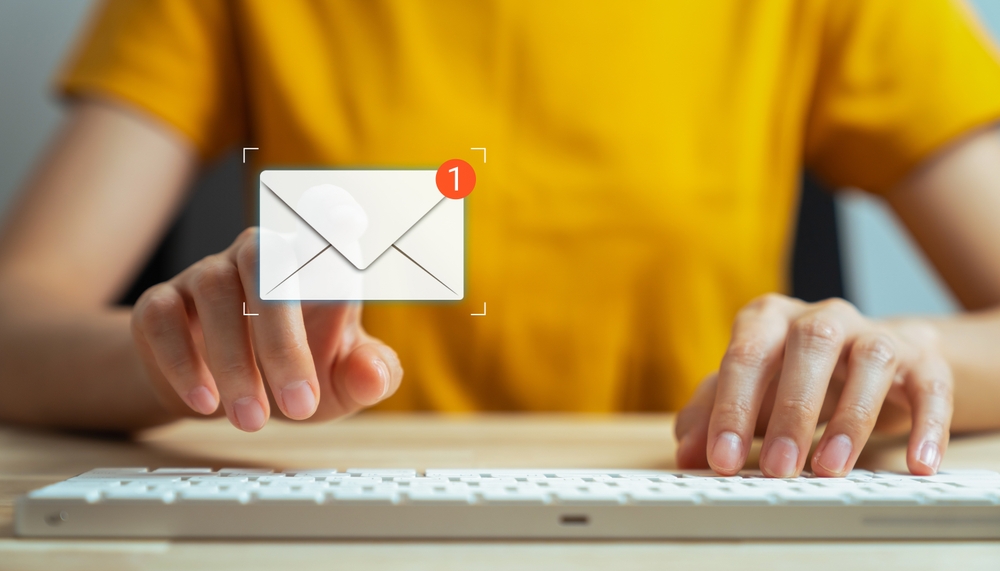Lifecycle emails are automated email messages sent to customers at specific times and stages.
What is a Lifecycle Email?
Lifecycle emails are used to improve customer experience, increase engagement, and boost conversion rates. Lifecycle email strategies encompass several stages. Welcome emails for new subscribers are an example of lifecycle emails. They provide information about the brand and offer a welcome discount to set expectations. Emails that guide customers on how to use products or services are also included. These emails provide information to users about the product or service. Emails specially created to maintain regular communication with customers and increase brand loyalty are sent as well. They may offer special deals, content, or personalized recommendations.
Emails are also sent to re-engage customers who have been inactive for a long time. Informational emails about new products, campaigns, or discounts are included as well, aiming to increase sales. Emails prepared for special occasions, such as the customer’s special days, offer personalized communication. Feedback emails are sent to improve products or services based on customer feedback. Additionally, emails that inform customers about new or complementary products can be created. The lifecycle email strategy aims to increase customer satisfaction and build long-term loyalty by delivering the right messages at the right time.
What is the Purpose of Lifecycle Emails?
Lifecycle emails are a crucial tool for developing customer relationships. Regular and personalized communication increases loyalty. Informative and helpful emails sent at the right time build customer trust in the brand and improve the customer experience. Emails that explain how to use the product or service increase customer satisfaction. Providing correct guidance when needed positively impacts the user experience. Emails with special offers and discounts boost sales. Informing customers about complementary products or services encourages repeat purchases.
Personalized emails sent on special occasions, such as anniversaries, strengthen customer loyalty. Offering special discounts to loyal customers fosters long-term relationships. Feedback emails gather important data to improve products or services. Automatically sent emails based on customer behaviors help develop targeted strategies for different segments. Re-engagement emails sent to inactive customers reduce churn. Emails sent with useful and engaging content enhance brand awareness.
How to Execute Lifecycle Email Marketing?
- Set Goals: Identify strategic goals for customer acquisition, retention, and recovery. Clearly define performance indicators such as open rates, click rates, and conversion rates.
- Identify Stages: Determine all the stages of customer interaction with your brand and segment customer groups based on behaviors and purchase history.
- Integration: Ensure integration with other systems.
- Create Templates: Prepare mobile-friendly, attention-grabbing templates aligned with your brand identity.
- Personalize Content: Create clear and concise messages with personalized and relevant content.
- Email Sequences: Develop email sequences for welcome, onboarding, activation, sales and promotion, re-engagement, and feedback.
- Testing: Test variables like subject lines, sending times, and visuals to find the most effective combination.
- Feedback and Updates: Request customer feedback and update email content accordingly.
- Legal Compliance: Ensure compliance with regulations like GDPR and CAN-SPAM, and take necessary measures to secure customer data.
- Optimization: Apply the right strategies and tools to strengthen customer relationships and increase satisfaction.
When Should Lifecycle Email Marketing Campaigns Be Executed?
Lifecycle email marketing campaigns should be strategically timed at specific stages of the customer journey. Each stage has a different purpose and timing. Welcome emails can be sent to greet new subscribers. Onboarding emails can be sent within a few days after subscription to provide information on how to use the product or service. Activation emails are sent when users first use the platform or complete a specific action, encouraging active platform use. Regular emails can be sent weekly or monthly to maintain customer relationships.
Sales and promotion emails can be sent during special campaigns, discount periods, or product launches. Re-engagement emails can be sent when customers have been inactive for a long time. Personalized email campaigns can be prepared for occasions like the customer’s birthday or the anniversary of their relationship with the brand. Feedback and survey emails can be sent shortly after product or service use to gather customer experiences. Recommendation emails can be sent when a new product is launched. Timing these lifecycle email marketing campaigns according to customers’ lifecycle needs and behaviors can increase customer satisfaction and achieve higher conversion rates.




